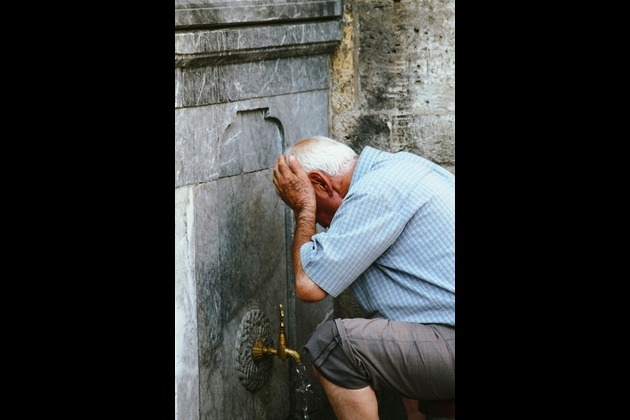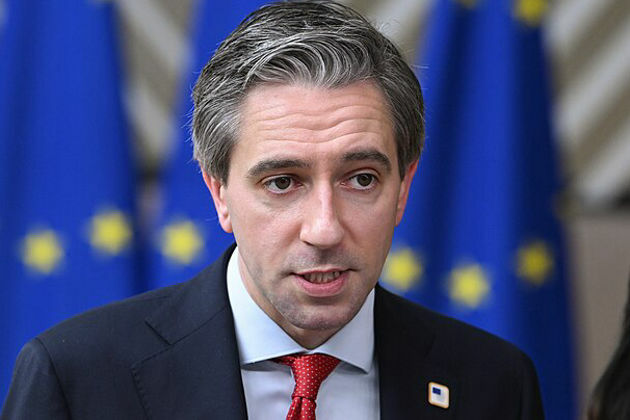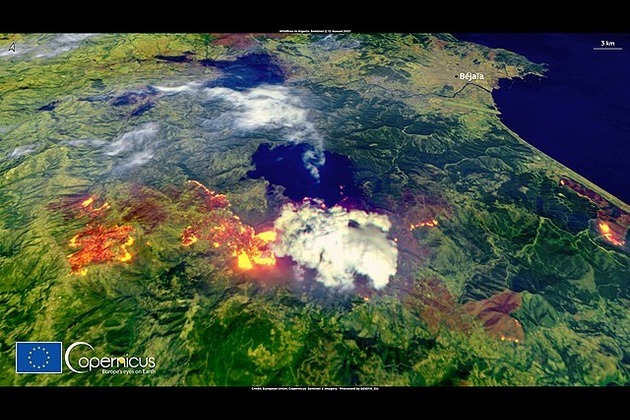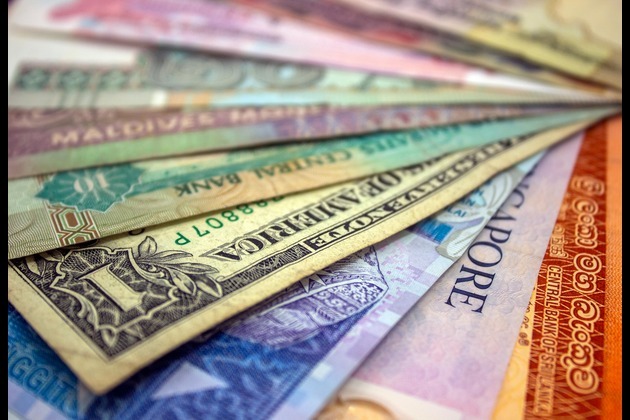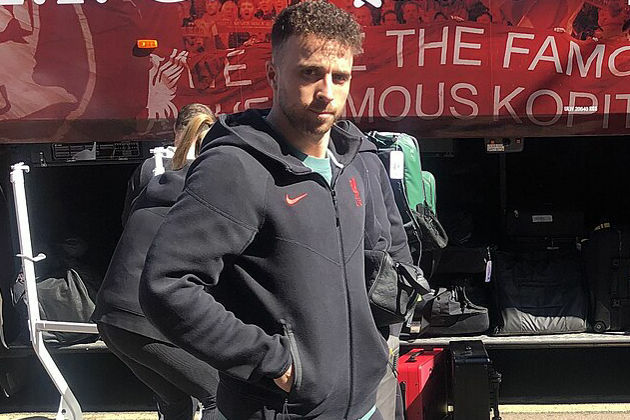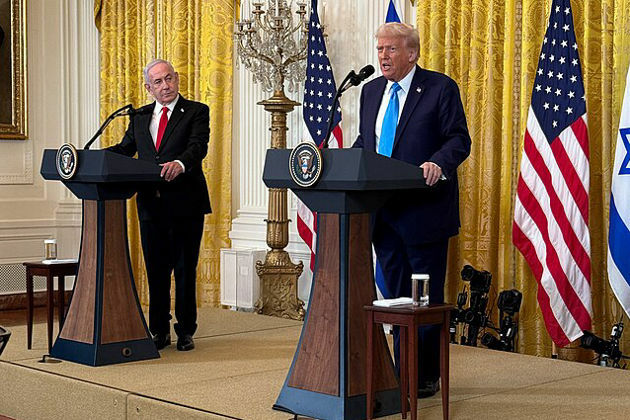Amazon fires: what will happen if they keep burning?
The Conversation
05 Sep 2019, 19:57 GMT+10
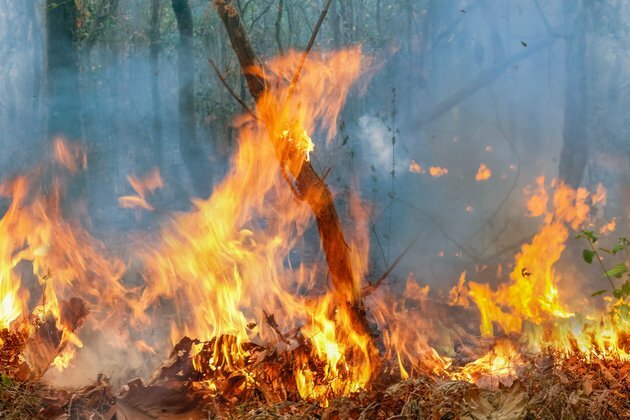
There have been a lot of fires in Brazil this year - about 76% more than there were during the same period last year. And just 48 hours after Brazil's government put a ban on burning and land clearing, to help stop the fires spreading, satellite data found that 2,000 more fires started in the Amazon alone. The 2019 fires will have a big and long-lasting impact on the forest itself, and the wider world.
The Amazon is the largest rainforest in the world, and may be home to a quarter of the Earth's land-bound species. If it keeps burning, it's likely to turn into a completely different ecosystem, with fewer trees and different species of plants and animals. Many trees will die, and animals will lose their habitat - some species might disappear from the area entirely.
Read more: Amazon fires explained: what are they, why are they so damaging, and how can we stop them?
While the Amazon fires aren't going to deplete the Earth's supply of oxygen, they will release large amounts of carbon dioxide (CO₂) into the atmosphere. For example, when just 0.2% of the Amazon burned in 2016, it released 30m tons of CO₂ - that's almost as much as Denmark emitted in 2018.
This is bad news, because as you probably know, CO₂ is a "greenhouse gas" that contributes to global warming and climate change - and humans are already creating dangerous amounts of it through energy use, transport and industry.
A changing Amazon
Even tropical, humid forests like the Amazon can catch fire easily during the dry season. Dry dead wood, branches and leaf litter build up on the forest floor, and after many days without rain, any spark is enough to start a wildfire. But that doesn't mean the fires we're seeing now are normal or natural.
I Need To Know is a series by The Conversation, which gives teenagers the chance to have their questions about the world answered by experts. Send your questions - along with your first name, age and the area where you live - to [email protected], or find out more ways to get in touch at the end of this article.
Unlike other ecosystems - such as the African savannah, the Australian bush or the US conifer forests - which have evolved with fires over many thousands of years, the plants and animals living in the Amazon don't have the traits needed to survive a big fire and regenerate after the blaze. This is because fires were not very common before humans settled in the area.
The trees in the Amazon have relatively thin bark, so during a fire, the heat can seriously damage the cells inside the tree, which eventually kills it. Previous research in the Amazon has found that more than 40% of trees die up to three years after a fire. This means that the carbon stored in their trunks, branches and leaves is released into the atmosphere, either while the fire is burning, or later as the dead trees decompose.
When large trees die due to fire, more sun and wind is let into the understorey (the sheltered layer below the canopy). And some plant species can regrow and sprout in the new, less shady conditions better than others. This in turn can attract more herbivores, such as leaf-cutting ants, agoutis and brocket deer. At the same time, the loss of plant species that produce fruit causes a decline in the populations of species that rely on them for food, including parrots and monkeys.
A slow recovery
When humid forests like the Amazon burn for the first time, they can partially recover - but it's not clear how long it would take them to recover fully, or if that's even possible. For example, when I conducted research in an area of the Amazon 30 years after it was burned by wildfire, I found that even after all that time, the forest stocked about one quarter less carbon than it did before the fires.
This is mainly because most of the large, hardwood trees - which hold the greatest amount of carbon - died after the fire. And as the forest grows back, they are replaced by smaller trees, which are mainly softwood species. These smaller trees grow fast, but have a shorter lifespan (between five and 30 years) and don't amass much carbon in their trunks.
It may take hundreds of years for the larger hardwood species to grow back and reach the forest canopy. Without any further disturbances, there's a chance that the Amazon might return to its previous state - but not in our life time. And the world's changing climate and ongoing deforestation mean that further fires are all too likely.
Still in danger
As fires become more frequent and intense, the chances of the rainforest recovering decline. Two or three fires can destroy the trees' stock of seeds, arresting the ecosystem into a non-forest state.
It's likely that the fires across Brazil this year have been caused by deforestation to make way for cattle ranching and soy crops. The "slash-and-burn" approach - where people chop down trees, leave them to dry out, then burn them - is the cheapest tool for clearing forest in the Amazon. At the peak of the dry season, when rain is scarce, flames can escape into the forest. If left unchecked, wildfires can burn until they run out of fuel or are put out by the wet season rains.
To protect the Amazon forest from new fires, the governments responsible for protecting it must clamp down on deforestation. But countries around the world that buy beef, leather and products from crops should demand that they are produced in an environmentally friendly way. And of course, global action on climate change is needed, to prevent droughts from getting worse and increasing the risk of more fires.
If you're a teenager aged 12 to 18, and you've got questions you'd like an expert to answer, send them our way! Include your first name, age and the area you live in. To get in touch, you can:
email [email protected]
ask a question using Incogneato
tweet us @ConversationUK with #ineedtoknow
DM us on Instagram @theconversationdotcom
We have a huge pool of experts at our fingertips, and we can't wait to share their knowledge with you.
Author: Camila Silva - PhD Candidate, Lancaster University 
 Share
Share
 Tweet
Tweet
 Share
Share
 Flip
Flip
 Email
Email
Watch latest videos
Subscribe and Follow
Get a daily dose of Poland Sun news through our daily email, its complimentary and keeps you fully up to date with world and business news as well.
News RELEASES
Publish news of your business, community or sports group, personnel appointments, major event and more by submitting a news release to Poland Sun.
More InformationEurope
SectionEarly heatwave grips Europe, leaving 8 dead and nations on alert
LONDON, U.K.: An unrelenting heatwave sweeping across Europe has pushed early summer temperatures to historic highs, triggering deadly...
Ireland’s Deputy PM calls for swift US-Ireland trade agreement
DUBLIN, Ireland: Tánaiste Simon Harris has called on the United States to use every hour to reach a zero-for-zero tariff agreement...
Dublin Bus accused of disability discrimination by blind passenger
DUBLIN, Ireland: A blind woman from Dublin says she was hurt while getting off a bus because the driver refused to pull in close to...
Nurses in Ireland sound alarm over growing hospital overcrowding
DUBLIN, Ireland: The Irish Nurses and Midwives Organisation (INMO) has warned that there could be a serious trolley crisis this summer...
Turkey, France battle wildfires amid early Europe heatwave
ISTANBUL/PARIS/BRUSSELS: As searing temperatures blanket much of Europe, wildfires are erupting and evacuation orders are being issued...
Greenback slides amid tax bill fears, trade deal uncertainty
NEW YORK CITY, New York: The U.S. dollar continues to lose ground, weighed down by growing concerns over Washington's fiscal outlook...
International
SectionTragedy in Spain: Diogo Jota and his brother die in car accident
MADRID, Spain: Liverpool footballer Diogo Jota and his younger brother, André Silva, have died in a car accident in Spain. Spanish...
Early heatwave grips Europe, leaving 8 dead and nations on alert
LONDON, U.K.: An unrelenting heatwave sweeping across Europe has pushed early summer temperatures to historic highs, triggering deadly...
U.S. military, China, Russia in Space race
President Donald Trump's plans to build a space-based Golden Dome missile defense shield have drawn immediate criticism from China,...
Trump wins $16 million settlement from Paramount over CBS Harris edit
NEW YORK CITY, New York: Paramount has agreed to pay US$16 million to settle a lawsuit brought by U.S. President Donald Trump over...
British PM faces major party revolt over welfare reforms
LONDON, U.K.: British Prime Minister Keir Starmer won a vote in Parliament this week to move ahead with changes to the country's welfare...
White House meeting between Trump, Netanyahu on July 7
WASHINGTON, D.C.: President Donald Trump will meet Israeli Prime Minister Benjamin Netanyahu at the White House on Monday. President...

